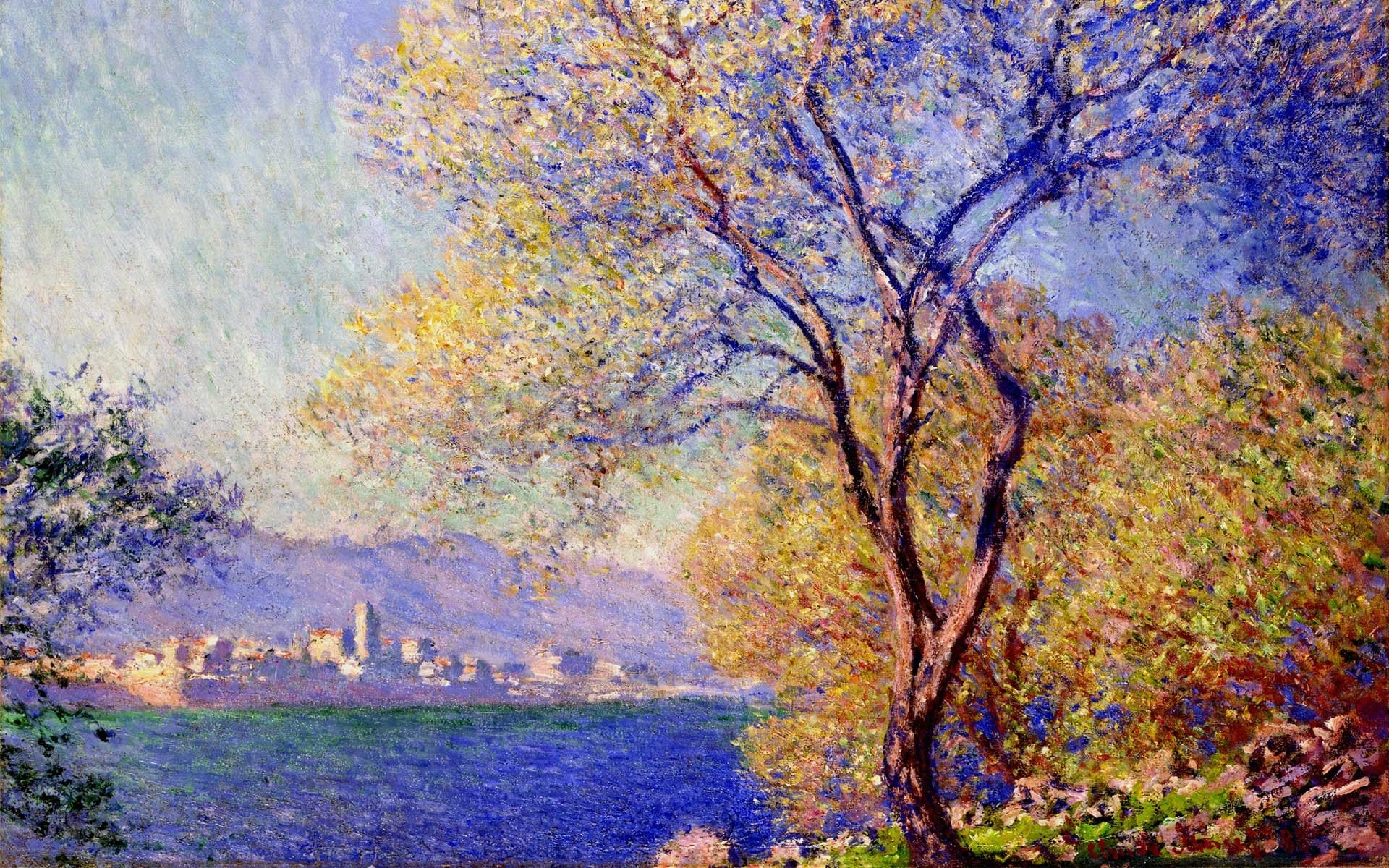Exploring The World Of Background Monet: A Deep Dive Into Art And Influence
In the realm of art, few names resonate as powerfully as Claude Monet. His innovative approach to capturing light and color transformed the landscape of Impressionism and continues to influence artists today. The term “background Monet” evokes images of serene gardens, water lilies, and the soft play of sunlight on various surfaces. This article delves into the life of Monet, his artistic journey, and the significance of his work in the broader context of art history.
Understanding Monet's background is essential to grasping the essence of his masterpieces. The artist's unique ability to blend natural elements with a deep emotional resonance presents a compelling narrative that deserves exploration. By examining Monet's life, influences, and the characteristics of his work, we can appreciate the profound impact he has had on both his contemporaries and modern artists.
As we embark on this journey through the world of background Monet, we will uncover the intricacies of his artistic techniques, his famous works, and the legacy he left behind. From biographical details to the thematic elements present in his art, this article aims to provide a comprehensive understanding of Claude Monet and his contributions to the art world.
Who Was Claude Monet?
Claude Monet was a French painter and a leading figure in the Impressionist movement, which was characterized by a focus on capturing light and atmosphere in the moment rather than depicting subjects in meticulous detail. Born on November 14, 1840, in Paris, Monet's early life was marked by a love for art, which he pursued fervently despite facing various challenges throughout his career.
What Influenced Monet’s Artistic Journey?
Monet's artistic journey was shaped by various influences, including his early exposure to art through his mother, who encouraged his talent. Additionally, he was inspired by the works of other artists, such as Eugène Boudin and Johan Barthold Jongkind, who introduced him to plein air painting. The Impressionist movement, which sought to capture fleeting moments and the effects of light, resonated deeply with Monet and became a driving force in his work.
What Are Some of Monet's Most Famous Works?
Monet produced numerous iconic paintings that have become synonymous with his name. Some of his most famous works include:
- Impression, Sunrise (1872) - The painting that gave Impressionism its name.
- Water Lilies series (1896-1926) - A collection that captures the beauty of his garden in Giverny.
- The Woman in the Green Dress (1866) - A striking portrayal of a fashionable woman.
- Rouen Cathedral series (1892-1893) - A series that showcases the changing light on the cathedral facade.
What is the Significance of Background Monet in Art?
The concept of "background Monet" extends beyond just the artist's name; it encapsulates the themes of nature, light, and atmosphere present in his work. The backgrounds of Monet's paintings often play a crucial role in the overall composition, contributing to the mood and emotional impact of the piece. His skillful use of color and brushwork in the background creates depth and invites viewers into the serene worlds he depicted.
How Did Monet's Techniques Change Over Time?
Monet's techniques evolved significantly throughout his career. His earlier works showcased a more traditional approach, but as he became more influenced by the Impressionist movement, he began to experiment with loose brushwork and vibrant color palettes. This transformation allowed him to capture the essence of a moment, particularly the interaction of light and shadow, which became a hallmark of his style.
What is the Legacy of Claude Monet?
Monet's legacy is vast and enduring. He is often regarded as the father of Impressionism, and his influence can be seen in various art movements that followed. His ability to convey emotion through color and light laid the groundwork for modern art, inspiring countless artists to explore new techniques and perspectives. Monet's work continues to be celebrated in museums and galleries worldwide, captivating audiences with its beauty and innovation.
What Personal Details Shape Monet's Narrative?
| Detail | Information |
|---|---|
| Birth Date | November 14, 1840 |
| Birthplace | Paris, France |
| Death Date | December 5, 1926 |
| Nationality | French |
| Art Movement | Impressionism |
| Notable Works | Water Lilies, Impression, Sunrise |
| Spouse | Camille Doncieux |
How Can We Appreciate Background Monet Today?
In today's fast-paced world, appreciating the beauty of background Monet involves slowing down and immersing ourselves in the natural landscapes and settings that inspired him. Visiting gardens, parks, or places of tranquility can evoke the same feelings that Monet captured in his paintings. Engaging with art by visiting exhibitions or learning about Impressionism can also foster a deeper appreciation for Monet's work and its significance in art history.
What Can We Learn from Monet's Approach to Art?
Monet's approach to art teaches us the importance of observation and the value of capturing the ephemeral nature of our surroundings. His dedication to exploring light, color, and emotion encourages aspiring artists and art enthusiasts alike to embrace experimentation and personal expression in their creative endeavors. By understanding and applying Monet's principles, we can cultivate our unique artistic voices and contribute to the rich tapestry of art history.
Unveiling The Multifaceted Talent Of Jared Lido
Unraveling The Mystique Of The Outlaw Amazon
Exploring The Vibrant World Of The Chacha Singer


